The “Hobbit” Lineage May Be Much Older Than Previously Thought
A new find hints that the short-statured hominins could have been living in Indonesia over a half a million years earlier than previous estimates
/https://tf-cmsv2-smithsonianmag-media.s3.amazonaws.com/filer/ce/67/ce67691d-406f-4c2b-b33d-4a5da0e732ac/11209550093_e3129fcdfd_k.jpg)
The “hobbits’” epic venture may have just gotten a lot longer.
The tale begins 700,000 years ago in the tropical grasslands on Flores Island, Indonesia. Volcanoes smolder in the distance and freshwater streams cut through the plains where komodo dragons, giant rats, and pygmy Stegodon, an extinct elephant cousin, roam. Now, researchers think that the pint-sized early humans known to scientists as Homo floresiensis may have been part of this fray.
In two studies published this week in the journal Nature, scientists announce the discovery of six teeth and an adult jaw fragment collected from central Flores that date back 700,000 years—over half of a million years earlier than previous estimates.
Scientists first uncovered traces of H. floresiensis while excavating the Liang Bua cave in 2003. Standing just three and a half feet tall and sporting a mash-up of both ancient and modern features, the fossils ignited a debate about where the “hobbits” came from and how they fit into the human family tree.
Previously thought to tromp the lands between 190,000 and 50,000 years ago, the appearance of these diminutive denizens of Indonesia coincided with the branching off of our own species, Homo sapiens, leading many to propose that the tiny hominins were a group of modern humans suffering from disease. But the latest find contradicts this idea.
The newly uncovered fossils are the oldest Flores hominins yet discovered by a long shot. Found in an ancient riverbed called Mata Menge in the So’a Basin, these are also the first potential hobbits found outside the grotto.
“At this site, we had dug up tens of thousands of fossils from creatures that were not hominins,” says Adam Brumm, head of archaeology at Griffith University and an author of both studies. “When we finally saw these ones, it was clear from the beginning that they were different.”
Since the team didn’t have an anatomy specialist on site, they sent the fossils to Yousuke Kaifu, researcher at the National Museum of Nature and Science in Japan for analysis. “I was amazed when I first saw the fossils because they were really small,” he says. The jaw in particular is even smaller than the Liang Bua hobbits.
But careful CT analysis showed that the jaw fragment was indeed from an adult. Though two of the teeth are baby “milk” teeth, the similarity in size and shape of all specimens to the Liang Bua hobbits suggests the fossils belong to ancient hobbit relatives.
The find reveals an intermediate chapter in the story of human evolution on Flores, which likely began around one million years ago, evidenced by a group of ancient stone tools. But how these hominins arrived on the island has been a point of much speculation.
One plausible scenario is that the hapless pioneers landed on Flores after a large storm, rafting in on debris dislodged in tumultuous weather, explains paleoanthropologist Rick Potts, who directs the National Museum of Natural History’s Human Origins program.
“I've seen that in a smaller scale personally in Lake Victoria, which is the largest lake in Africa,” says Potts, who was not involved in the study. “This little floating island had monkeys on it, it had snakes on it,” he says. “It was really pretty amazing.”
Once the raft finally beaches, however, the extremely limited resources on the island could have caused the founders to shrink over time in a process known as “island dwarfism.”
“The truly amazing thing about the Mata Menge hominins is their small size at such an early stage,” says Gerrit van den Bergh, paleontologist at the University of Wollongong Australia and an author on both studies. Searching in the ancient rock horizons, the scientists expected to uncover larger-bodied hominins, such as Homo erectus, he says.
Instead, the miniature teeth and jaw bone indicate that the island residents achieved their small stature in just 300,000 years—an evolutionary blink of the eye. Spotty fossil evidence of other island dwarfs makes it challenging to understand how long dwarfism really takes, explains van den Bergh, who is now studying the fossil remains of extinct Flores pygmy Stegodon to see how quickly they shrank.
He points to one previous study documenting red deer from the island of Jersey that shrunk to one-sixth of their ancestral size in just 6,000 years. So 300,000 years seems plausible, he says.
But who are these founding hominins? Some argue that the stout hobbits descended from the more modern Homo erectus, who made the jump from nearby Java, while others say that the fossils are more similar to the smaller-bodied Homo habilis of Africa.
The lower adult molar found at Mata Menge have characteristics similar to H. erectus that are absent in the younger Liang Bua hobbits, says van den Bergh. These fossils provide strong evidence that a group of tsunami-surfing Indonesian H. erectus landed on the island, eventually shrinking to form the hobbits.
“A note of caution is warranted here,” van den Bergh says in a press conference. As of yet, the team has only recovered a few fossils. They plan to continue the hunt for hobbit traces, he adds, with the hope to recover skeletal fragments, which are more diagnostic of the unusual hobbit features.
Even so, the latest find “permanently dispels” previous notions that the Flores hobbits were modern humans suffering from disease like microcephaly or Down syndrome, says van den Bergh.
These arguments were fueled by the disproportional shrinkage of the hobbit brain, which reconstructions show was about the size of an orange—similar to a chimp brain and only half the size of the relatively brainy H. erectus. Comparable brain miniaturization has been seen in the dwarf hippopotami of Madagascar.
“The most energetically expensive organ in the human body by far and away is the brain,” says Potts. So it’s logical that this organ would suffer the most under resource-strapped times. “Saving energy would be at a premium,” he says. “Being able to grow only a small brain would actually be of survival value.”
The island itself provides a rare opportunity to study evolution in isolation, says Potts. “It’s kind of like Flores is its own little laboratory of early human evolution.”
And there is still much more to be found. “The So’a Basin could be a goldmine of hominin fossils,” says Brumm. “If we can get the funding to keep these digs going, I think there will be some truly spectacular findings just around the corner.”
/https://tf-cmsv2-smithsonianmag-media.s3.amazonaws.com/accounts/headshot/Wei-Haas_Maya_Headshot-v2.png)
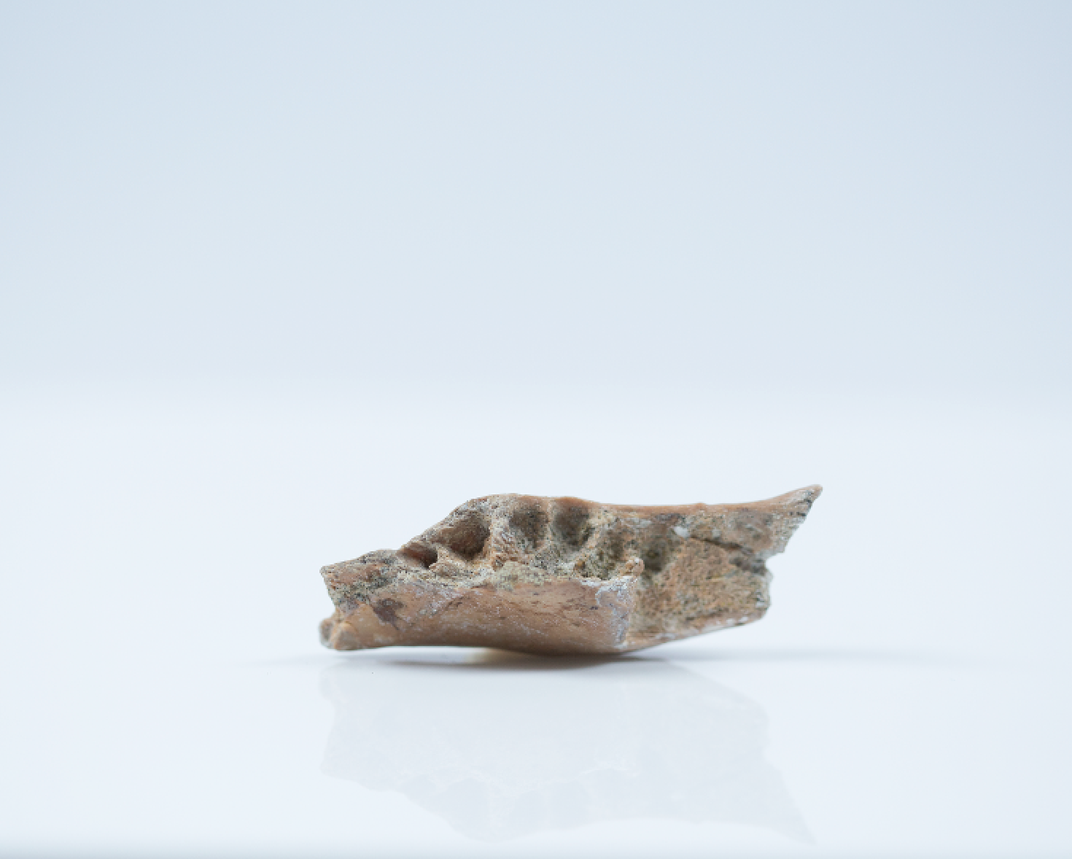
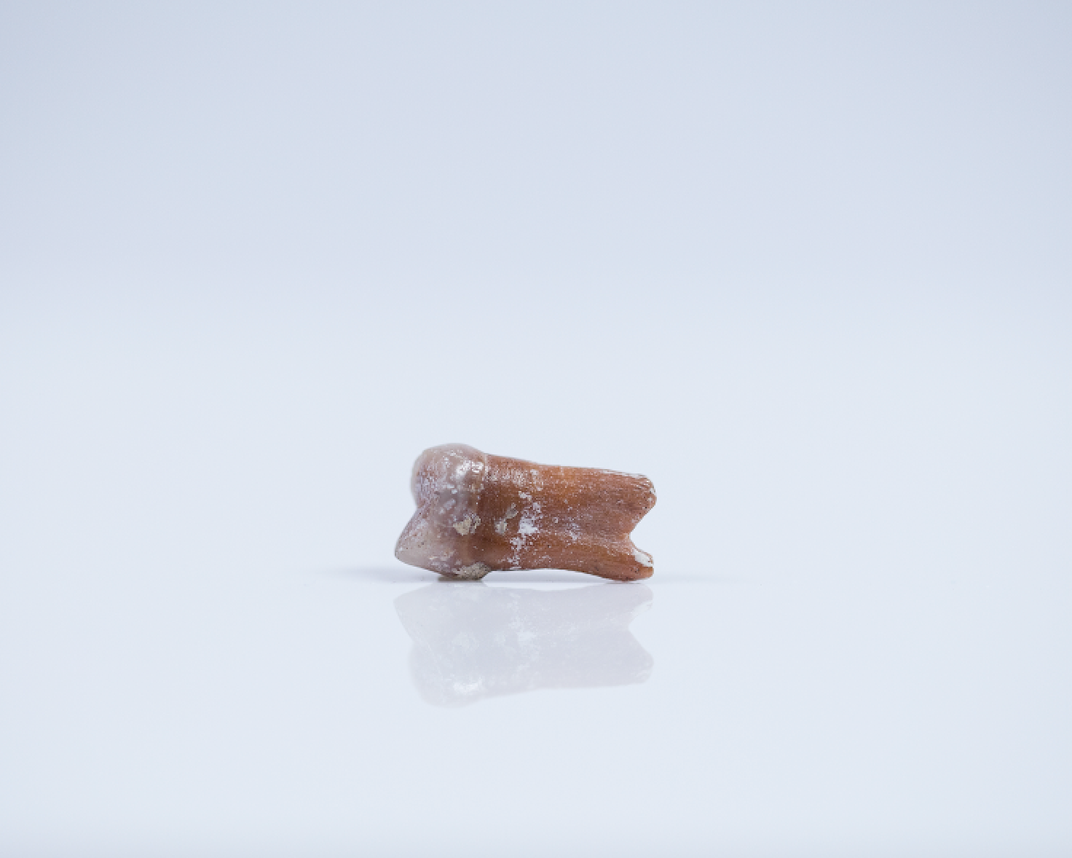

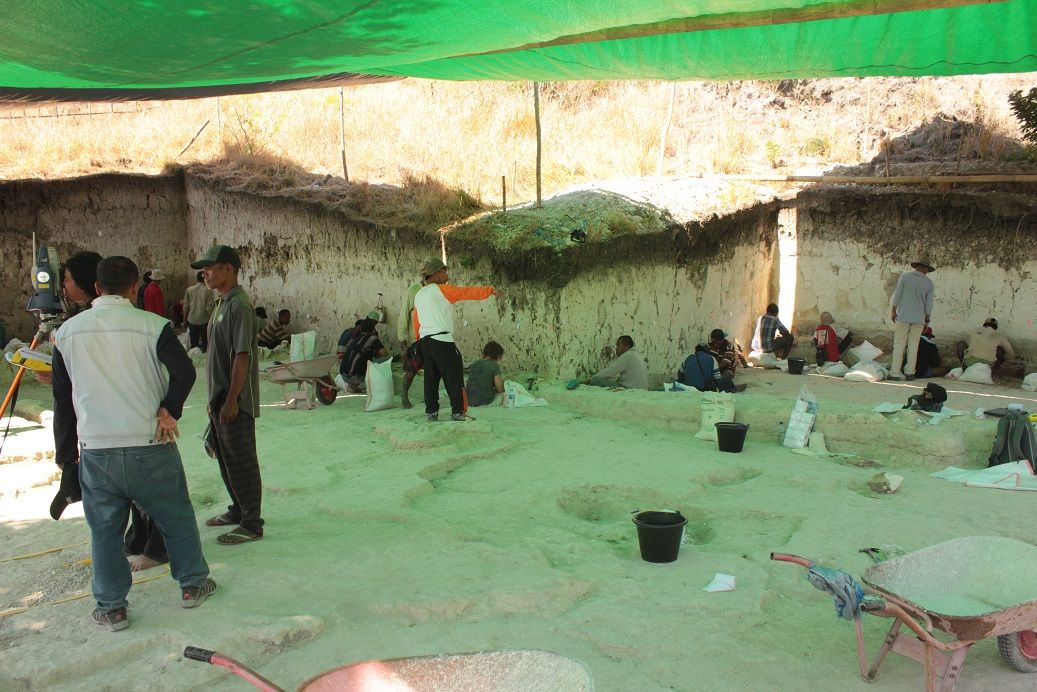
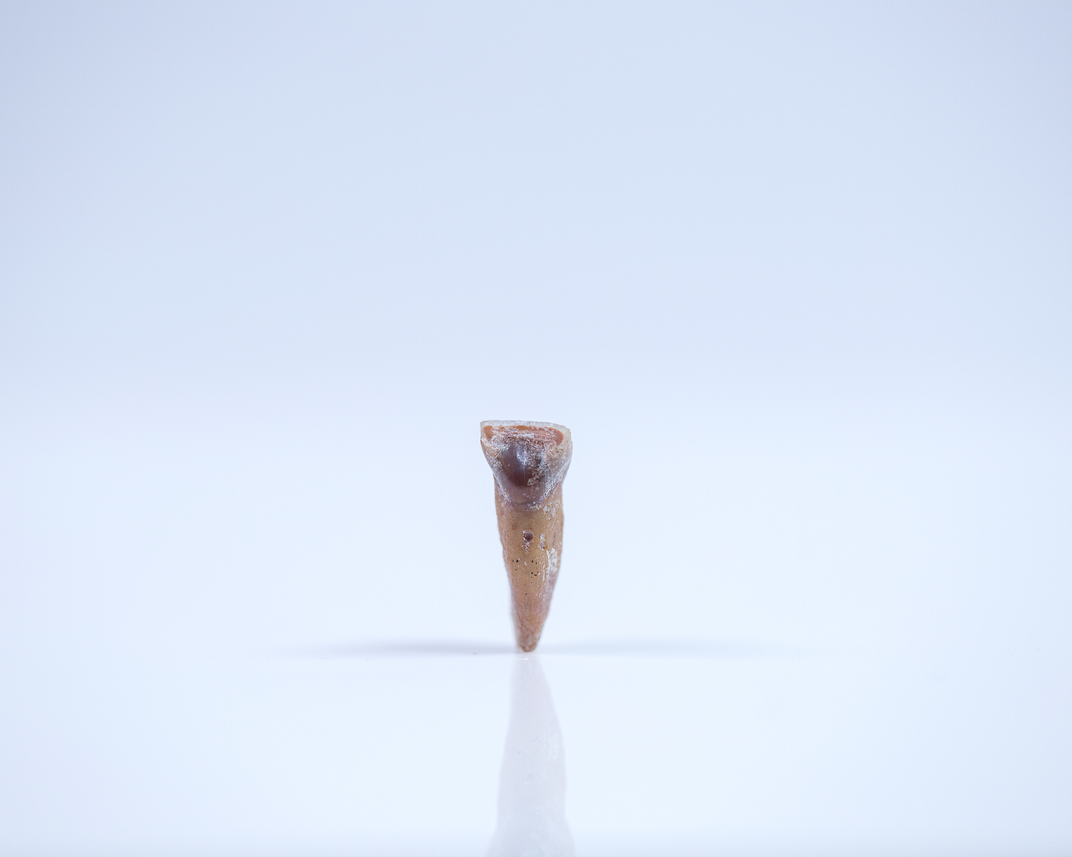
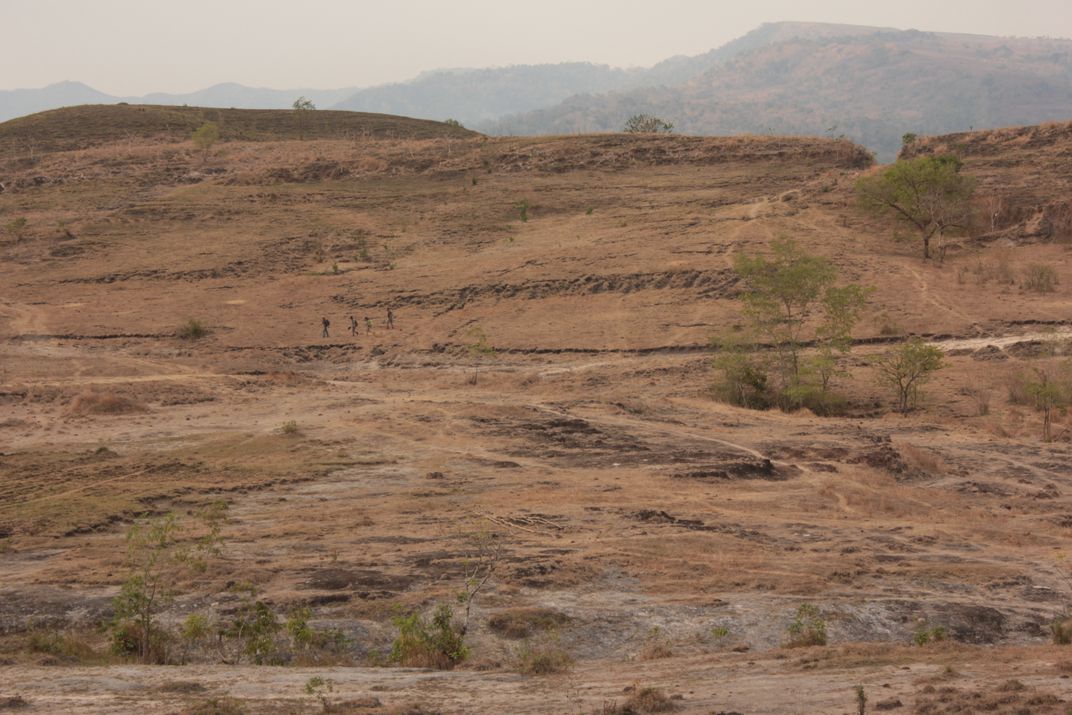
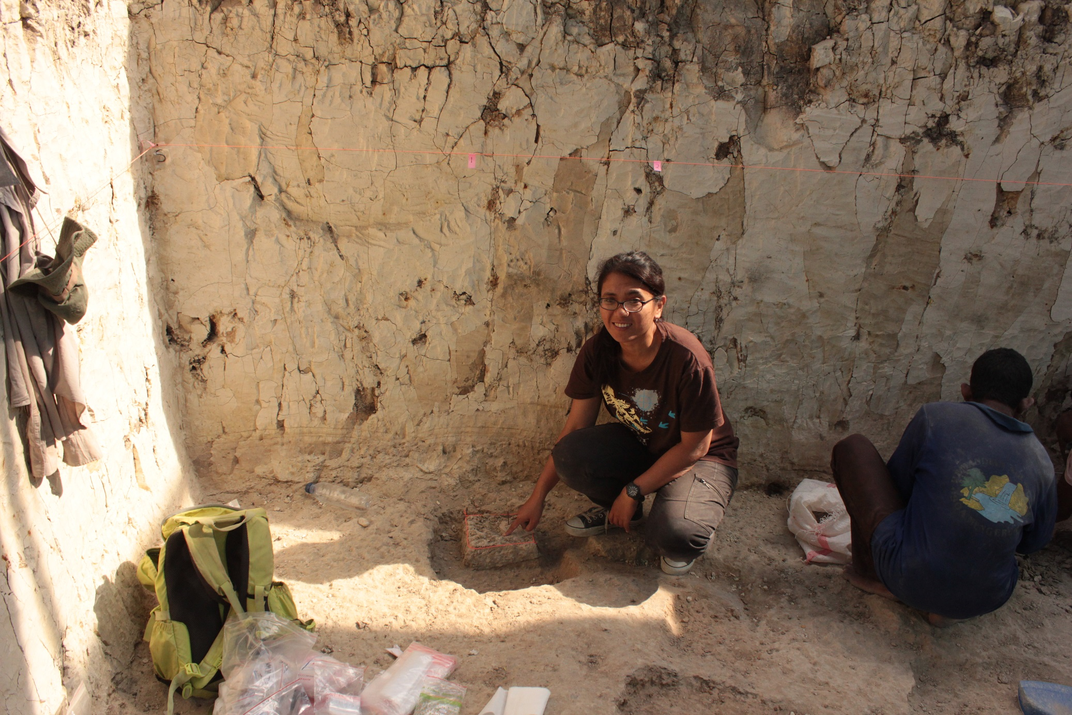
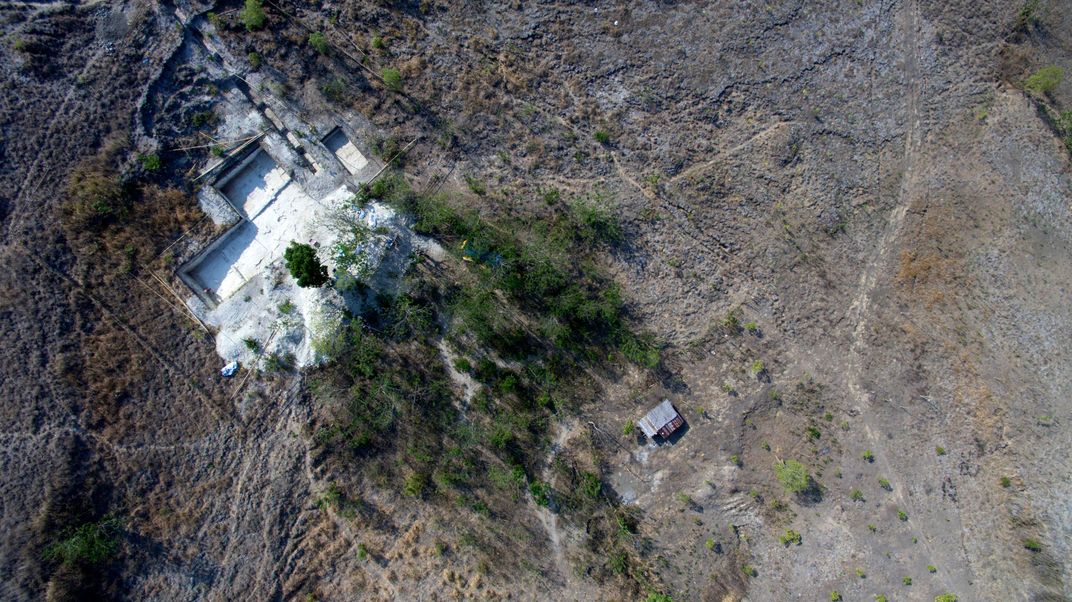


/https://tf-cmsv2-smithsonianmag-media.s3.amazonaws.com/accounts/headshot/Wei-Haas_Maya_Headshot-v2.png)